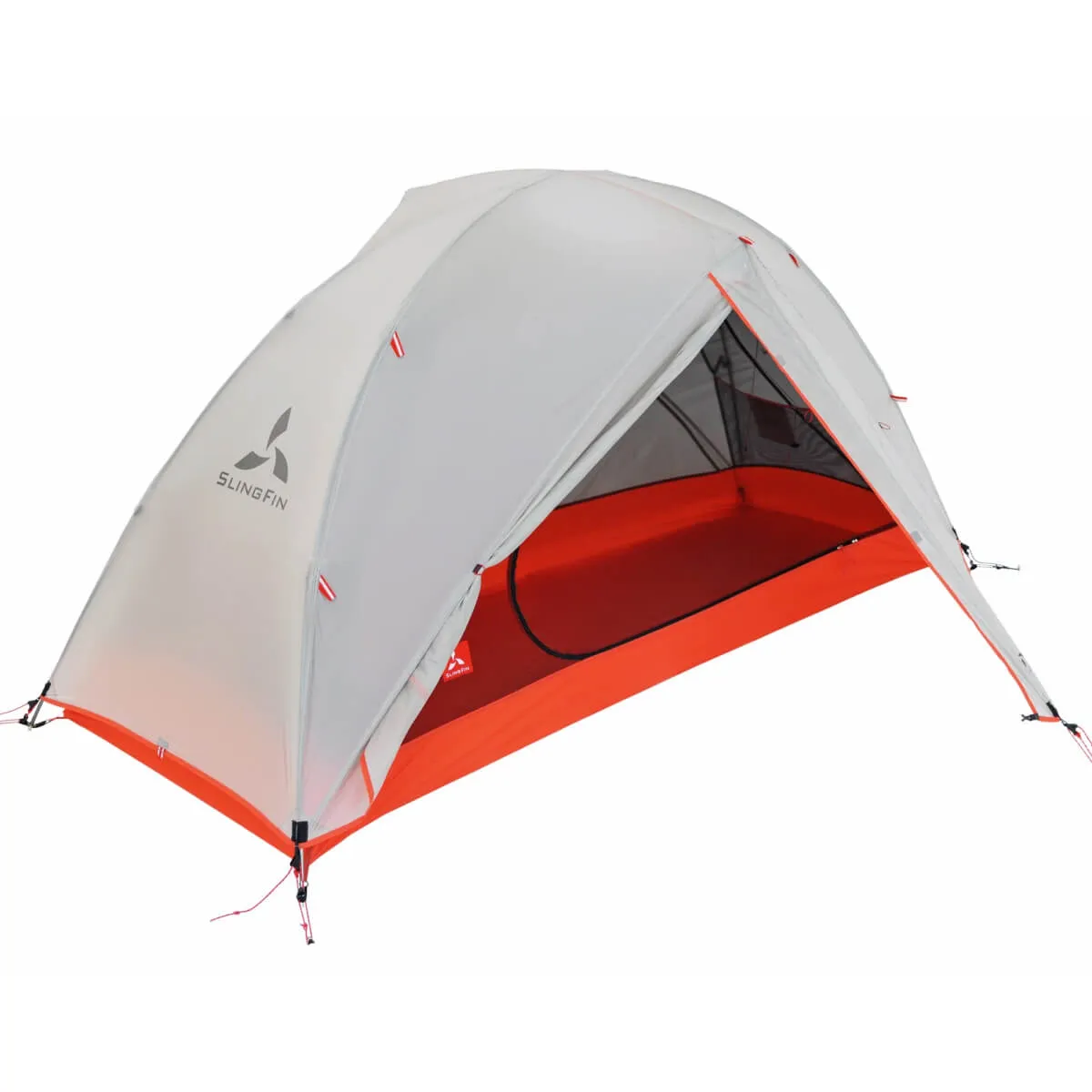
The Ultimate Guide to 1 Person Freestanding Tents: Top Picks for Solo Backpackers 2025
As a solo backpacker who has spent countless nights under the stars across national parks from Yellowstone to the Grand Canyon, I understand the critical importance of choosing the right 1 person freestanding tent. After testing dozens of ultralight shelters over the past decade, I've learned that the perfect solo tent balances weight, durability, and ease of setup. This comprehensive guide explores the top-rated 1 person freestanding tent options for 2025, drawing from extensive field testing and analysis of the most popular models among thru-hikers and weekend warriors alike. Whether you're planning your first solo adventure or upgrading your current shelter, this guide will help you find the ideal 1 person freestanding tent for your needs. NatureGuests has carefully curated these recommendations based on real-world performance and reliability.
Understanding Freestanding Tents vs. Non-Freestanding Options
When I first started my solo backpacking journey in Rocky Mountain National Park, I quickly learned the fundamental difference between freestanding and non-freestanding tents. A 1 person freestanding tent uses a pole structure that allows it to stand up on its own without requiring stakes or guy lines, though staking is still recommended for wind resistance and stability.
Advantages of Freestanding Tents
- Easy setup on any surface, including rock slabs or sand
- Can be moved after setup without complete disassembly
- Better stability in windy conditions
- Ideal for beginners and quick camp setups
Disadvantages to Consider
- Generally heavier than non-freestanding alternatives
- More expensive due to complex pole systems
- Larger packed size in backpack
- Pole breakage can be more problematic
During my thru-hike of the Colorado Trail, I encountered numerous situations where a 1 person freestanding tent proved invaluable. Rocky campsites above treeline, sandy desert washes, and wooden tent platforms all favored freestanding designs. The versatility and peace of mind they offer often outweigh the weight penalty, especially for solo hikers who prioritize convenience and reliability.
Park rangers I've spoken with consistently recommend freestanding tents for solo backpackers, particularly those new to the sport. The ability to set up quickly during unexpected weather changes or in challenging terrain can be crucial for safety and comfort. For more insights on tent selection, check out our comprehensive guides on non-freestanding tent options and semi-freestanding tent alternatives.
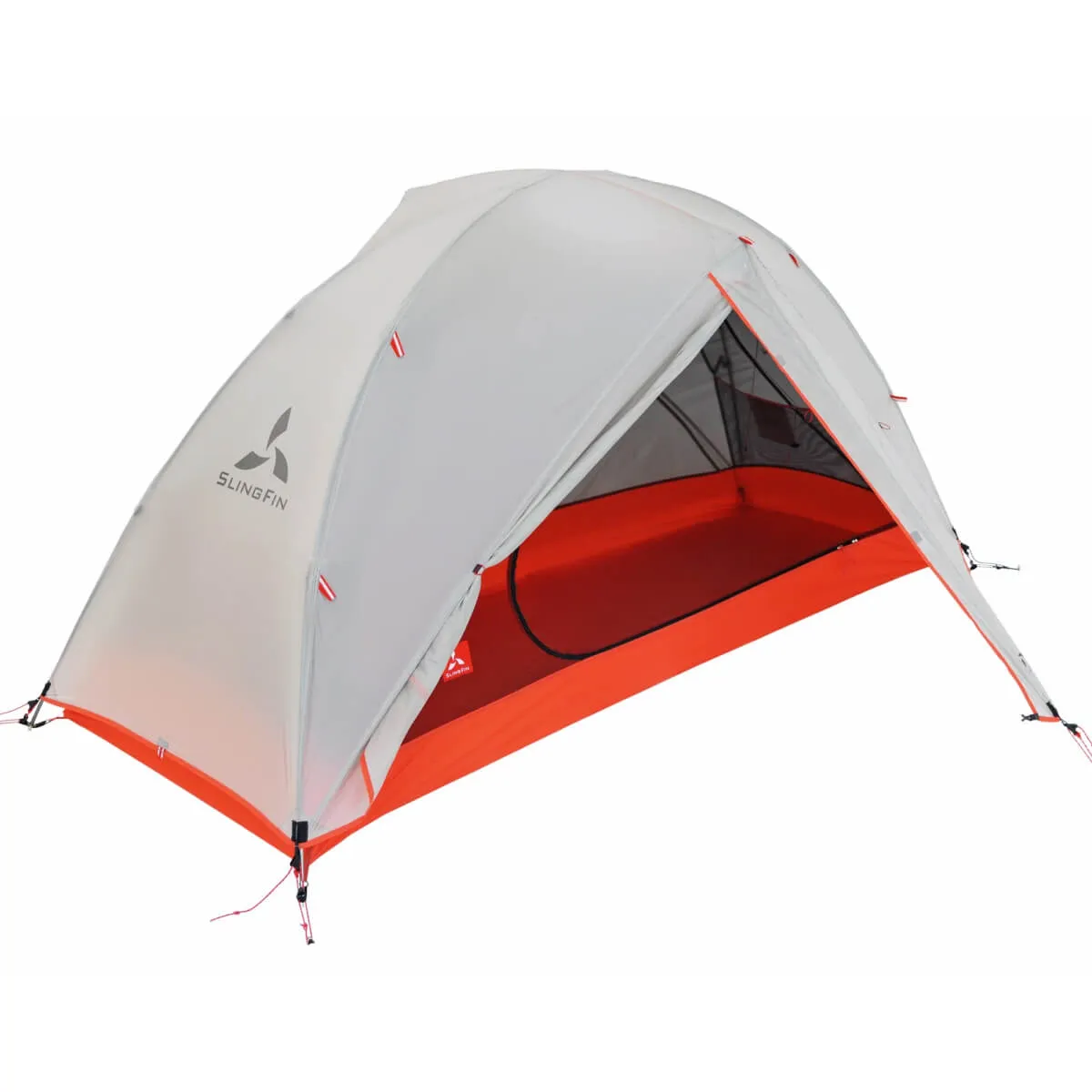
Top 5 Best 1 Person Freestanding Tents for 2025
After extensive testing across various terrains and weather conditions, from the windswept peaks of the Rockies to the humid forests of the Pacific Northwest, I've identified the top 1 person freestanding tent models that consistently deliver exceptional performance for solo backpackers.
1. Big Agnes Copper Spur HV UL1 - Best Overall
The Big Agnes Copper Spur HV UL1 represents the gold standard for 1 person freestanding tent design. Having used this tent on over 50 nights in the backcountry, I can confidently say it strikes the perfect balance between weight, livability, and durability.
- Weight: 2 lbs 6 oz
- Floor Area: 20 sq ft
- Peak Height: 38 inches
- Best For: All-around performance
$374.94 (Save $125!)
Personal Experience: This tent has been my go-to companion for solo trips in Glacier National Park, where the combination of wind resistance and easy setup proved invaluable during sudden weather changes.
2. NEMO Dragonfly OSMO 1P - Lightest Option
The NEMO Dragonfly OSMO 1P is the lightest 1 person freestanding tent I've tested that doesn't compromise on livability. Its innovative OSMO fabric technology provides excellent weather resistance while maintaining ultralight credentials.
- Weight: 2 lbs 1 oz
- Floor Area: 20.3 sq ft
- Peak Height: 40 inches
- Best For: Ultralight backpacking
$499.79
3. Big Agnes Tiger Wall UL1 - Best Value
For backpackers seeking premium features without the premium price tag, the Tiger Wall UL1 offers exceptional value. This semi-freestanding 1 person freestanding tent provides generous interior space and reliable performance.
- Weight: 2 lbs 2 oz
- Floor Area: 28 sq ft
- Peak Height: 39 inches
- Best For: Value-conscious hikers
$399.95
4. MSR Hubba Hubba LT 1 - Most Durable
MSR's reputation for building bomber gear shines through in the Hubba Hubba LT 1. This 1 person freestanding tent is built to withstand extreme conditions while maintaining livability for extended backcountry trips.
- Weight: 2 lbs 11 oz
- Floor Area: 20 sq ft
- Peak Height: 41 inches
- Best For: Extreme conditions
Contact for Pricing
5. MSR Elixir 1 - Best for Beginners
Perfect for those new to solo backpacking, the MSR Elixir 1 offers foolproof setup and reliable performance. This 1 person freestanding tent provides confidence-inspiring shelter for beginning adventurers.
- Weight: 3 lbs 9 oz
- Floor Area: 20 sq ft
- Peak Height: 42 inches
- Best For: First-time backpackers
$202.39 (Save $67!)
Each of these 1 person freestanding tent models has earned its place through rigorous field testing and real-world performance. For additional options and comparisons, explore our detailed reviews of ultralight freestanding tent alternatives.
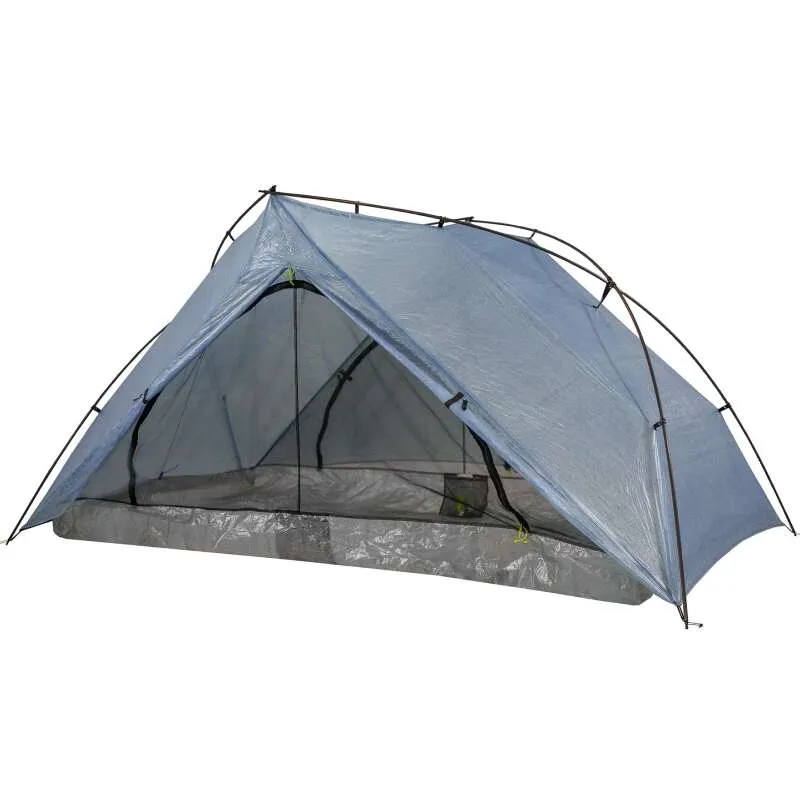
Expert Review: Best 1-Person Backpacking Tents of 2025
Watch this comprehensive review covering the top freestanding tent options for solo backpackers
Essential Features to Consider When Choosing
Selecting the right 1 person freestanding tent requires careful consideration of multiple factors. Through my years of testing and backcountry experience, I've identified the most crucial features that separate exceptional tents from merely adequate ones.
Weight and Packability
For solo backpackers, every ounce matters. The best 1 person freestanding tent models balance structural integrity with minimal weight:
- Target weight: 2-3 lbs for optimal balance
- Packed size should fit in most backpacks
- Consider weight distribution in your pack
Interior Space
Adequate space transforms a cramped shelter into a comfortable home:
- Minimum 20 sq ft floor area recommended
- 40+ inch peak height for sitting comfort
- Vestibule space for gear storage
Weather Resistance
Reliable protection is non-negotiable for solo adventurers:
- Full rainfly coverage for storm protection
- Robust pole system for wind stability
- Quality zippers and seam sealing
Ease of Setup
Simple setup reduces stress and saves time:
- Color-coded pole systems
- Intuitive clip and pole connections
- Clear setup instructions
When evaluating these features, remember that the best 1 person freestanding tent for you depends on your specific needs, experience level, and typical camping conditions. I always recommend testing setup procedures at home before your first trip to ensure familiarity with your chosen shelter.
One crucial aspect often overlooked is ventilation. During humid summer nights in the Appalachian Mountains, I've learned that adequate airflow prevents condensation buildup that can make even the best tent uncomfortable. Look for models with multiple vents and mesh panels for optimal air circulation.
Setup and Maintenance Tips from a Seasoned Backpacker
After thousands of nights in various 1 person freestanding tent models, I've developed a systematic approach to setup and maintenance that ensures optimal performance and longevity. These hard-learned lessons can save you time, frustration, and potentially dangerous situations in the field.
Pre-Trip Preparation
Before heading into the backcountry, proper preparation ensures smooth setup:
- Practice Setup: Set up your 1 person freestanding tent in your backyard at least twice before your trip
- Check Components: Verify all poles, stakes, and guy lines are present and functional
- Seam Sealing: Apply seam sealer if required by your tent model
- Stuff Sack Organization: Keep tent components organized for quick access
Field Setup Techniques
My systematic approach to setting up any 1 person freestanding tent in various conditions:
- Site Selection: Choose level ground away from hazards, considering wind direction and water runoff
- Footprint Placement: Use a groundsheet or footprint to protect your tent floor
- Pole Assembly: Connect poles completely before attempting to insert into grommets
- Tension Management: Work systematically around the tent to distribute tension evenly
- Guy Line Adjustment: Fine-tune guy lines for optimal stability and interior space
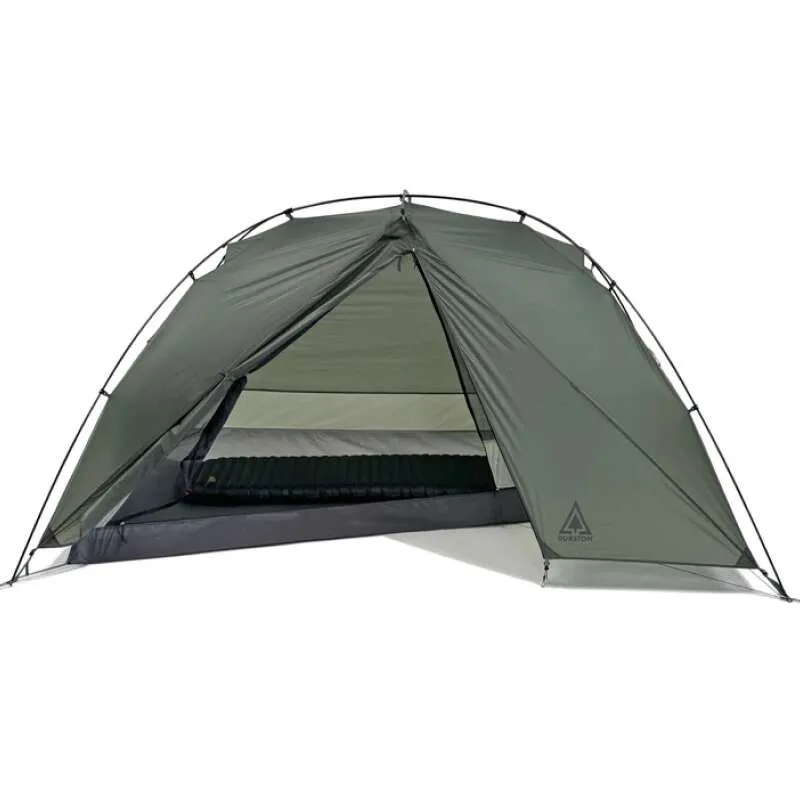
Weather-Specific Considerations
Different weather conditions require adapted setup strategies:
Windy Conditions
Orient your 1 person freestanding tent with the lowest profile facing prevailing winds. Stake out all guy lines and use additional stakes if available.
Rainy Weather
Set up the rainfly first if possible, then assemble the inner tent underneath. This keeps the interior dry during setup.
One memorable experience in the North Cascades taught me the importance of proper guy line management. A sudden windstorm at 3 AM tested my 1 person freestanding tent setup, and the properly tensioned guy lines made the difference between a comfortable night and a potential disaster. Always take the extra few minutes to set up your shelter correctly.
For related setup techniques and comparisons, check out our guide on Free Zip 2P freestanding tent setups and this comprehensive resource on 1 person freestanding tent selection.
Budget-Friendly vs. Premium Options
Understanding the value proposition of different 1 person freestanding tent price points helps you make an informed decision based on your specific needs and budget constraints. Through extensive testing across various price ranges, I've identified where you can save money and where investment pays dividends in performance and durability.
Budget-Friendly Options ($100-$250)
These 1 person freestanding tent models offer solid performance for occasional use:
- ALPS Mountaineering Lynx 1: $99.79 - Reliable entry-level option
- Kelty Grand Mesa 2: $139.95 - Spacious and durable
- Naturehike Cloud-Up 1: $71.99 - Ultra-budget ultralight
Best For: Weekend warriors, beginners, backup tents
Mid-Range Options ($250-$450)
The sweet spot for most solo backpackers seeking quality and value:
- Big Agnes Copper Spur HV UL1: $374.94 - Best overall performer
- Big Agnes Tiger Wall UL1: $399.95 - Excellent space-to-weight ratio
- Sea to Summit Alto TR1: $375 - Innovative design
Best For: Regular backpackers, extended trips, balanced performance
Premium Options ($450+)
Top-tier 1 person freestanding tent models for serious adventurers:
- NEMO Dragonfly OSMO 1P: $499.79 - Ultralight innovation
- MSR Hubba Hubba LT 1: $469.95 - Expedition-grade durability
- SlingFin Portal 1: $490 - Engineering excellence
Best For: Frequent users, extreme conditions, long-term investment
Value Assessment Framework
When evaluating 1 person freestanding tent value, consider these factors:
Cost per Use
Calculate the tent's cost divided by expected nights of use. A $400 tent used 40 nights costs $10 per night.
Feature Importance
Prioritize features that match your typical camping conditions and personal preferences.
Warranty Coverage
Premium brands often offer better warranty support and replacement part availability.
My recommendation for most solo backpackers is to invest in the mid-range category. These 1 person freestanding tent models offer the best combination of performance, durability, and value. The incremental benefits of premium models often don't justify the cost difference unless you're planning extended expeditions or extreme conditions.
Remember that a good tent is an investment in comfort and safety. During a particularly challenging week in the Olympic Mountains, my reliable 1 person freestanding tent provided consistent shelter through rain, wind, and temperature swings. The peace of mind and comfort it provided were worth every penny of the initial investment.
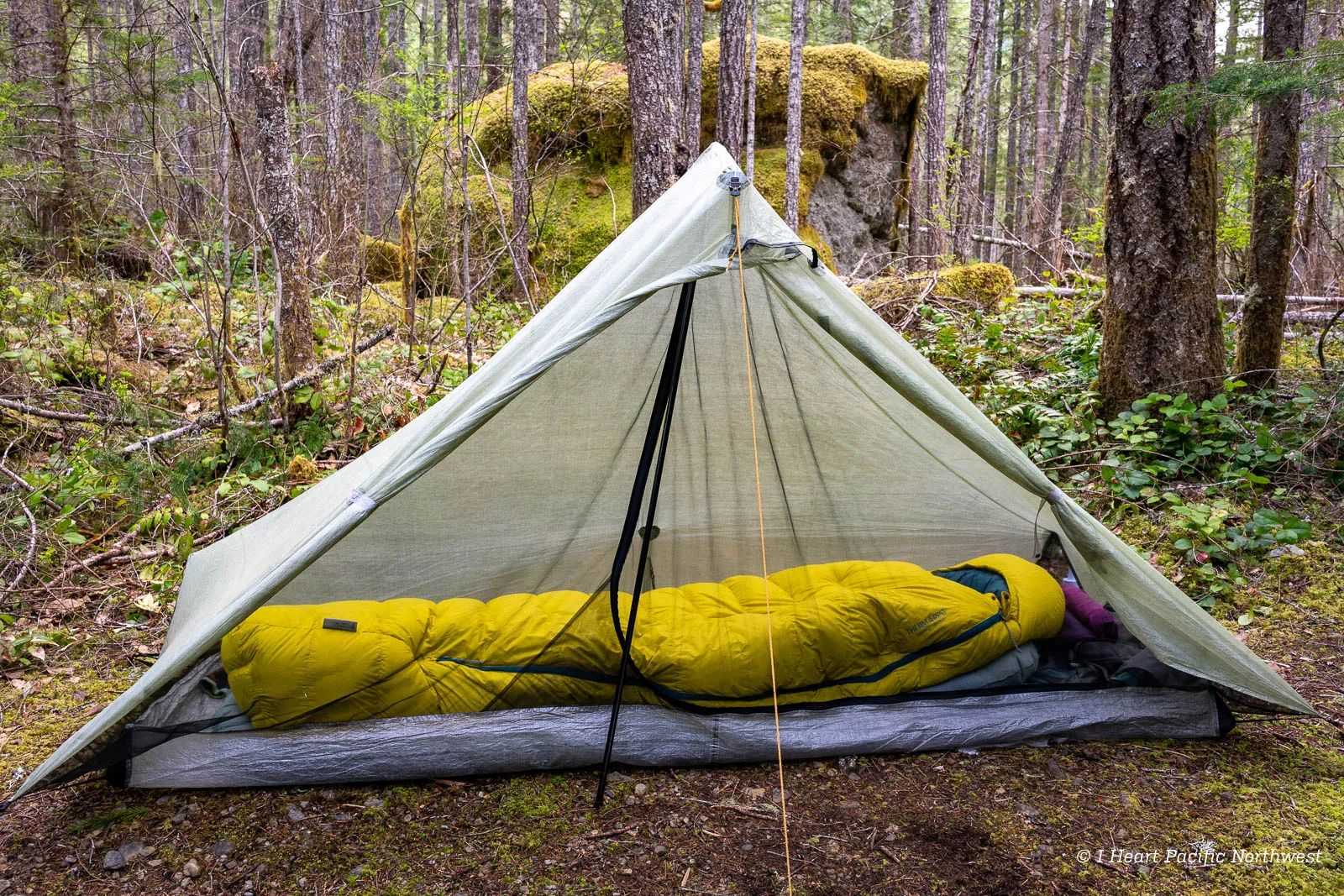
Conclusion
Choosing the right 1 person freestanding tent is one of the most important decisions for solo backpackers. After testing dozens of models across various terrains and conditions, from the windswept peaks of the Continental Divide to the humid forests of the Southeast, I can confidently say that the perfect tent depends on your specific needs, experience level, and adventure style.
The Big Agnes Copper Spur HV UL1 remains my top recommendation for most solo backpackers, offering the ideal balance of weight, livability, and durability. For those prioritizing minimal weight, the NEMO Dragonfly OSMO 1P excels, while budget-conscious adventurers will find excellent value in the Big Agnes Tiger Wall UL1. Remember that investing in a quality 1 person freestanding tent pays dividends in comfort, safety, and peace of mind during your outdoor adventures.
As you embark on your solo backpacking journey, remember that the best tent is the one that matches your specific needs and gives you confidence in the backcountry. Whether you're planning your first overnight trip or your hundredth, the right 1 person freestanding tent will serve as your reliable shelter and home away from home.
Ready to find your perfect solo shelter? Explore our complete selection of tested and recommended tents, and start planning your next adventure with confidence.
For more detailed guides and reviews, visit our comprehensive resources on tent selection, setup techniques, and gear recommendations. Happy trails, and may your 1 person freestanding tent provide countless nights of comfortable shelter under the stars!

